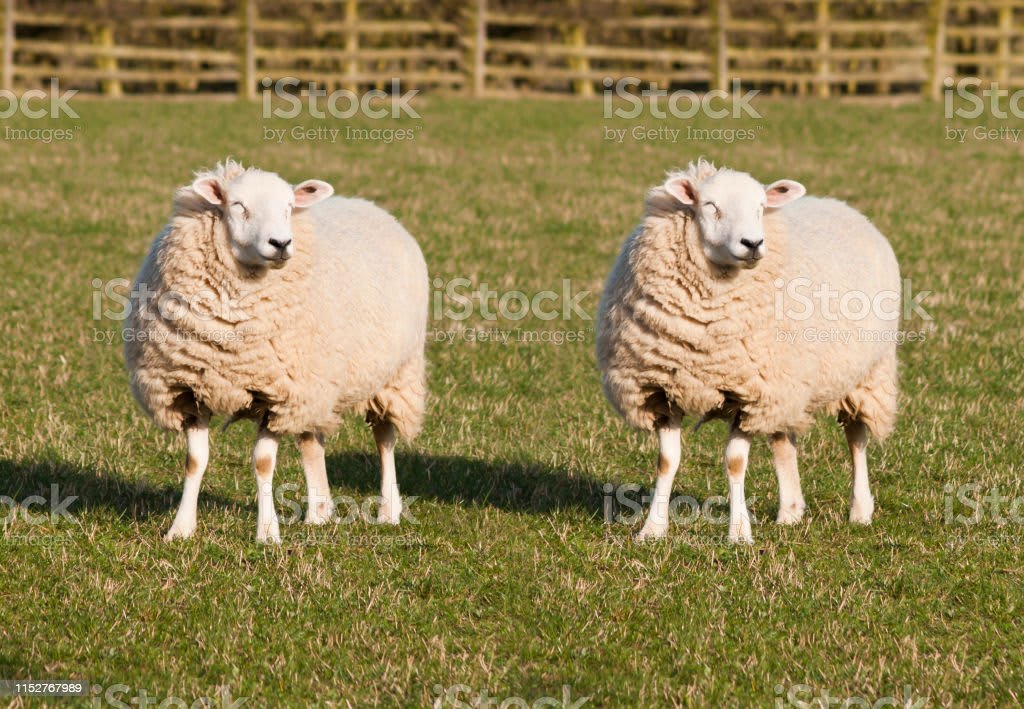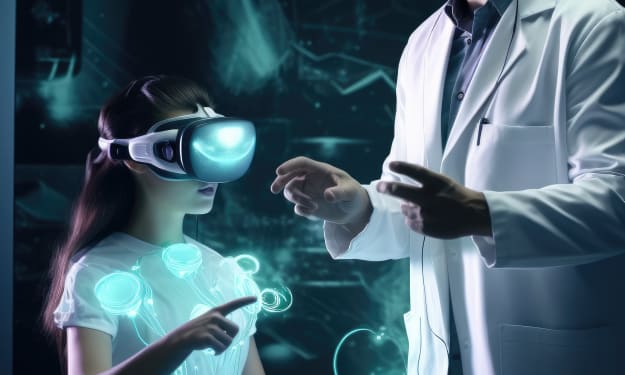CLONING
Definition 1 Cell cloning 2 Molecular cloning

Cloning is a set of techniques used to obtain a series of cells identical to a starting cell, i.e. a clone. Cloning can result in obtaining several animal or plant individuals that are strictly identical to each other from a single egg cell or Zygote, but the term also concerns a technique for isolating and reproducing genes, it is cloning. molecular. In this case, the gene is purified, then conserved and multiplied.
In a bacterium or another unicellular, it will be at the origin of a cell clone containing all the foreign genes, which is why this technique is also called cloning.
For cell cloning, identical twins can be produced in animals by cloning, an embryo at an early stage of its development (four cells per Ex) is split into its different cells, each then develops into as many individuals viable and identical. This cloning technique takes advantage of the totipotency property of embryonic cells. That is to say that each one is capable of giving a complete organism. Many animals such as sea urchins or amphibians have been obtained in this way, then, more recently, mammals such as mice and sheep (each of the cells then being implanted in a carrier uterus to ensure its development).
Another technique involves taking the nucleus of a cell from an early stage embryo (eight or sixteen cells), containing a complete set of chromosomes, and injecting it into an oocyte whose own nucleus has been removed, the egg cell thus obtained, which possesses only the genetic heritage of the donor embryo, develops into an organism genetically identical to that which provided the nucleus. This cloning technique is, in theory, capable of producing large quantities of genetically identical individuals. Such experiments have been successfully carried out on frogs and mice and on various mammals (The first calf clone of this type was obtained in 1986).
A variant of this technique consists in using as the starting cell not a totipotent embryonic cell, but an adult cell, differentiated (i.e. expressing only a small part of the genes of its heritage), but up to recently, these experiments in mammals had ended in failure. The data changed in February 1997 with the announcement of the first cloning of adult mammals, a sheep made in July 1996 by a Scottish team. This research fused mammary gland cells from a pregnant adult sheep, i.e. particularly differentiated cells, with enucleated oocytes. They then re-implanted these eggs into surrogate ewes. The sheep that was born from this cloning is known as DOLLY.
Molecular cloning (culture of bacteria) and thanks to recent advances in genetic engineering, researchers are now able to isolate a gene (or a group of genes) from an organism and transfer it to another organism belonging to a different species. The species chosen as the receptor is often an asexually reproducing form, such as bacteria or yeast, so that species is capable of producing a clone of organisms or cells that contain all the foreign genes. Since bacteria, yeasts and cells in culture are able to multiply rapidly, these methods make it possible to produce many copies of a given gene.
To carry out this molecular cloning, two techniques are available to researchers. First, all of an individual's DNA can be cut into knocks and each fragment inserted into a bacterium. This technique makes it possible to obtain a bank of the entire genetic heritage. But it is also possible to create a bank of the only DNA sequences expressed in a given cell. But in the first like the second case, the DNA fragments are linked to a vector - called bacteriophage - which is then introduced into the recipient bacteria. Each bacterium receives only one copy of the vector and therefore only harbors one of the DNA fragments. The libraries prepared in this way can be sorted, or screened to identify which contains a given gene, this bacterium once identified is removed and cultured to produce a clone of identical bacteria each containing a copy of the gene sought. The gene thus known can then be used to make transgenic organisms, whether viral, bacterial, plant or animal. One can, for example, cultivate transgenic bacteria expressing insulin making it possible to compensate for the insufficiencies linked to diabetes, or the growth hormone absent in the event of dwarfism, these gene therapy treatments, which are still experimental, are currently being tested in man and constitutes a promising path which will no doubt be widely used in the long term.
Finally, whether cellular or molecular, cloning represents a set of techniques capable of giving life in a denatured way. As a result, one is led to see the achievements and goals of this area of research.
About the Creator
Enjoyed the story? Support the Creator.
Subscribe for free to receive all their stories in your feed. You could also pledge your support or give them a one-off tip, letting them know you appreciate their work.





Comments
There are no comments for this story
Be the first to respond and start the conversation.